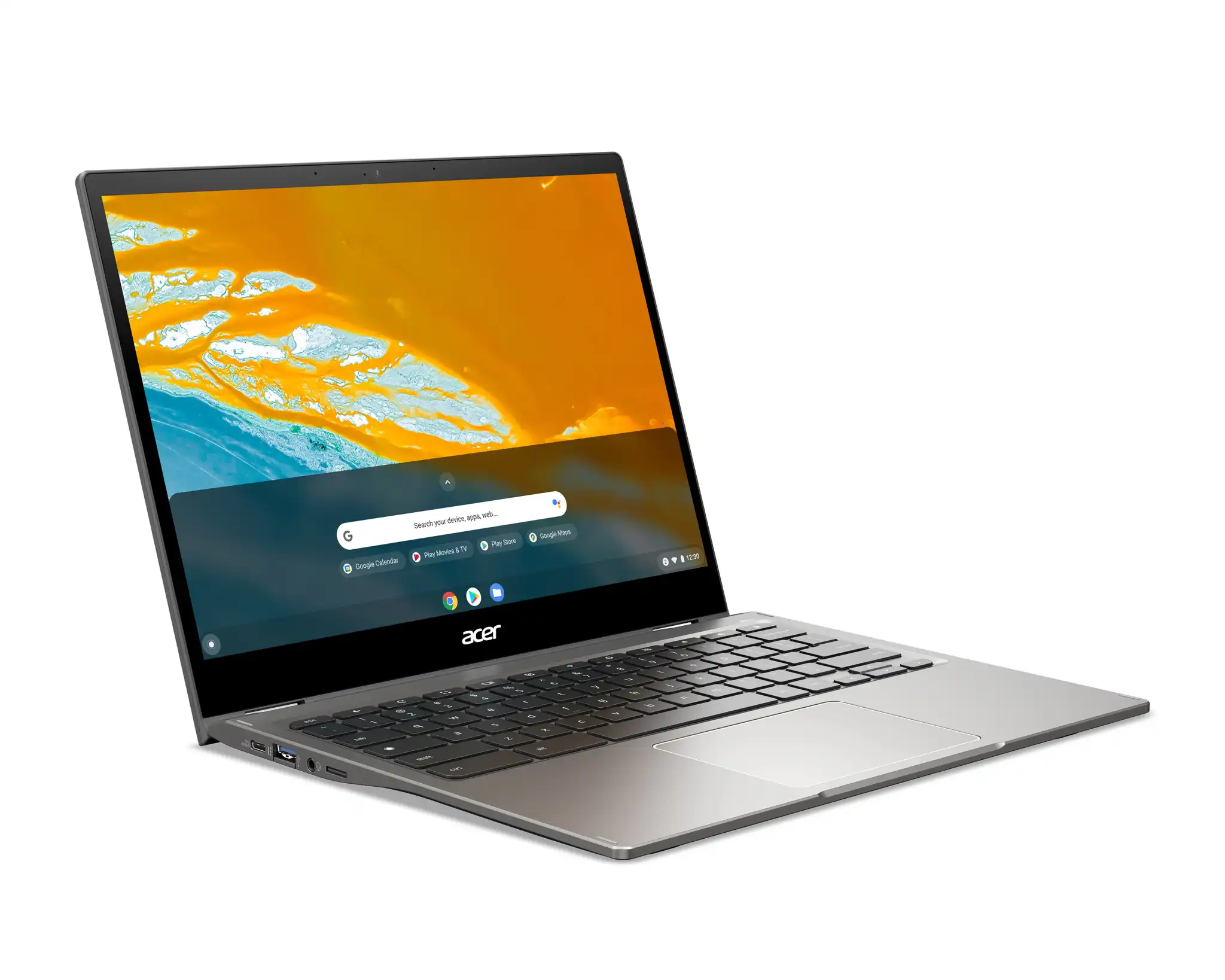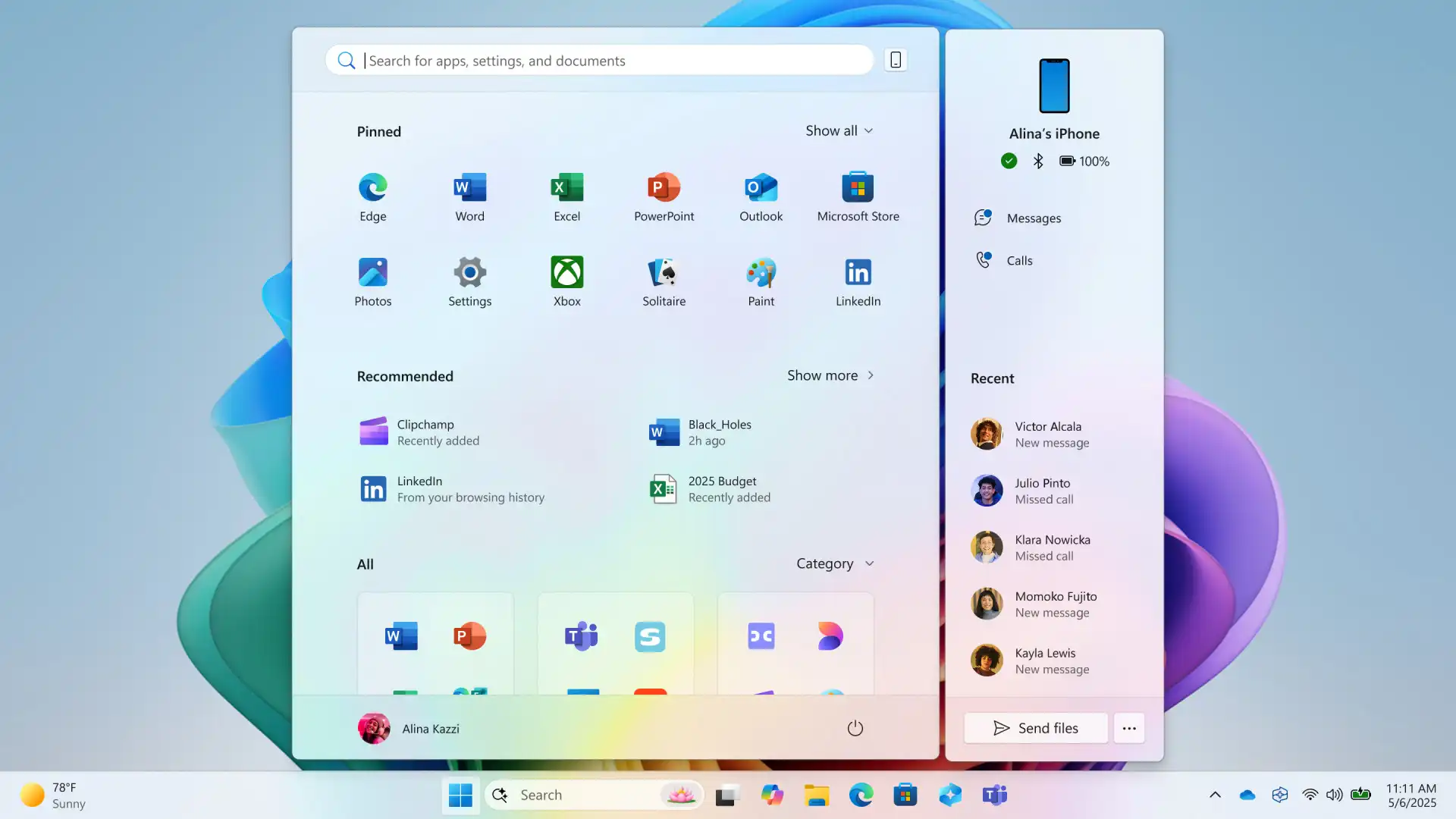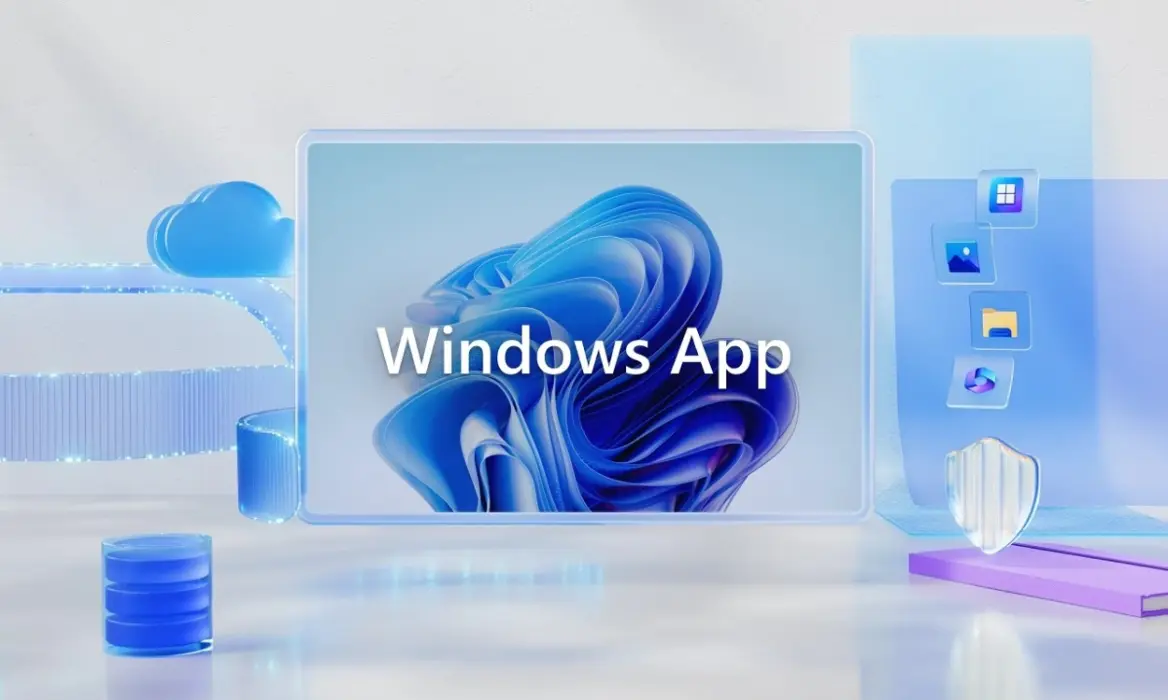A cloud-based Chromebook can provide laptop functionality at a fraction of the price.
If you’re in the market for a solid laptop for school or work, you should really consider picking up a Chromebook. They’re powerful enough for day-to-day tasks like web browsing and writing papers, but nowadays they’ll even run the hottest triple-A titles with cloud gaming. Not only is there a wide variety of Chromebooks now, but they’re also pretty inexpensive, making them a good option for budget-conscious buyers. If you’re not sure where to begin your search, don’t sweat it — we assembled a list of our top picks to narrow things down.
If you still prefer Windows laptops, you’ll definitely want to check out PCWorld’s roundup of the best laptops available today.
Why you should trust us: PCWorld has been going strong since 1983, back in the days when print magazines were more common. Now that we’ve made the leap to digital, we’ve been reviewing more than 70 laptops every year. Every laptop that passes through our doors goes through an arduous testing process, in which we evaluate everything from processor performance to display quality. We’re committed to reviewing laptops in every price range too.
Update July 30, 2024: We updated our list of recent laptop reviews to include the Asus Vivobook S 15 ($1,299.99), which comes loaded with the new (and more power efficient) Qualcomm Snapdragon X Elite XE 78 100 processor. The design leaves little to be desires, but thankfully it delivers reliable performance as well as long battery life.
Lenovo Flex 5i – Best overall Chromebook
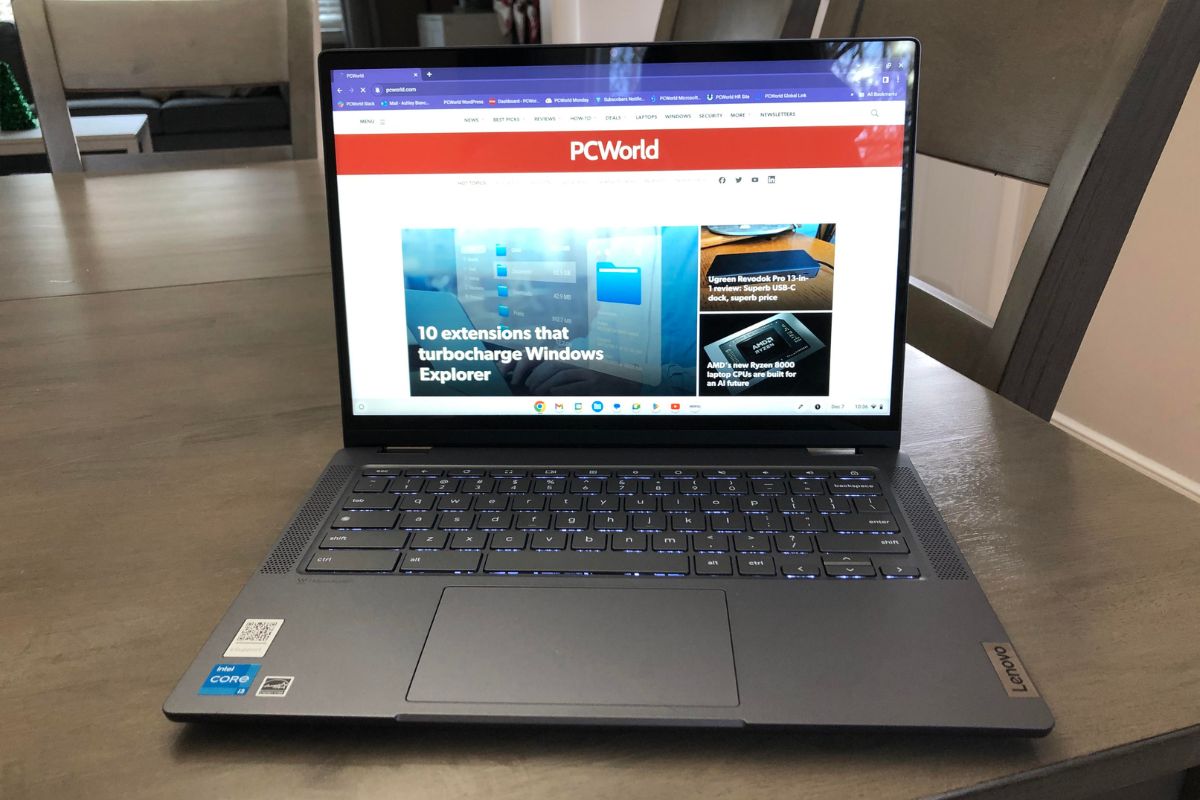
Pros
- Good build quality
- Fantastic typing experience
- Vibrant touchscreen display
Cons
- Average battery life for a Chromebook
- Stylus not included
Why we like the Lenovo Flex 5i
The Lenovo Flex 5i is the best overall choice because of its 2-in-1 design, the peppy performance, exquisite typing experience, and so much more. The understated aluminum finished exterior helps make it feel like something three or four times as expensive. As for the convertible design, the 360-degree hinge feels incredibly sturdy, which is essential in a 2-in-1 laptop. Plus, the keyboard is a real joy to type on and the 1200p touch display produces crisp and vibrant visuals. The best part is that you’re getting all of these wonderful features for well under $500.
Who should buy the Lenovo Flex 5i
We feel as though the Lenovo Flex 5i is a good Chromebook for most people. The touchscreen and 2-in-1 design really gives it the edge, as you usually see these features in machines that cost much more. While the nine hour battery life is considered just average for a Chromebook, it’s still a great all-day result. It’s just not the whopping 19 hours we got out of the Asus Chromebook CM34 Flip. That said, the Lenovo Flex 5i’s list of compromises is quite small.
Lenovo IdeaPad Slim 3 Chromebook – Best budget Chromebook
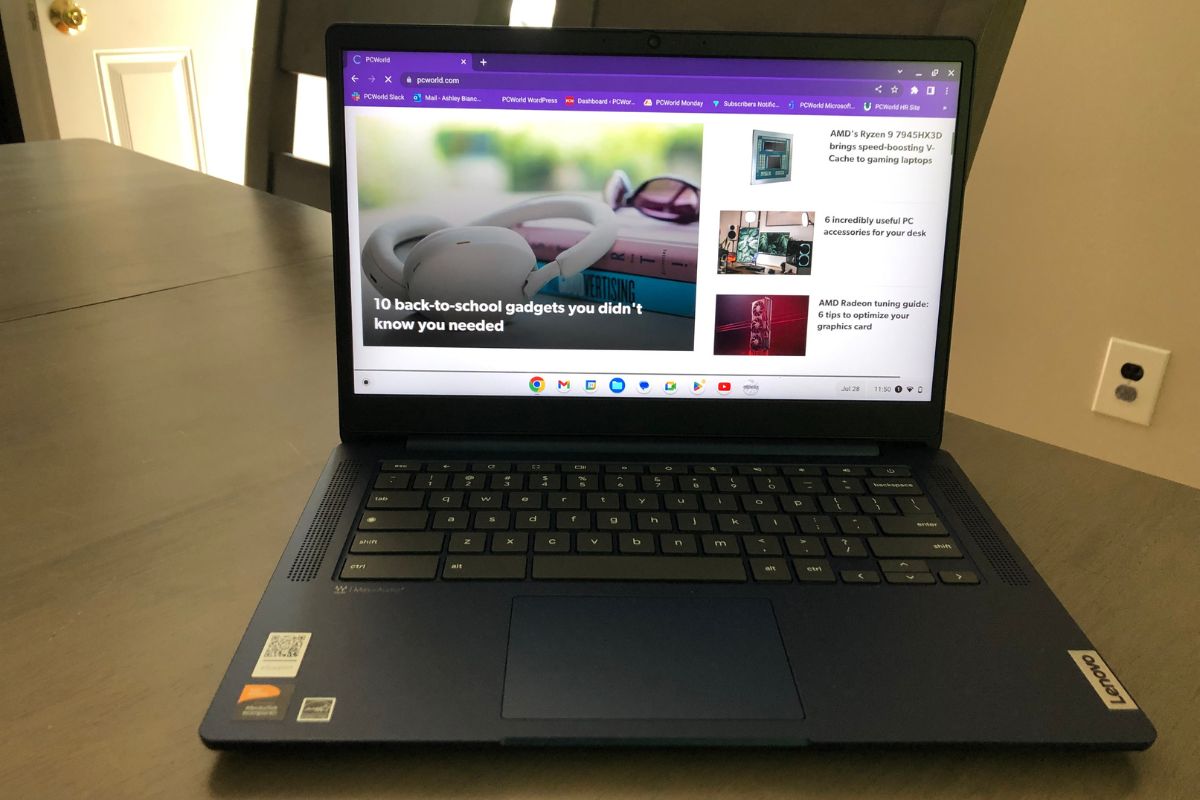
Pros
- Lightweight design
- Great battery life
- Attractive color scheme
- 1080p display
Cons
- Only 4GB of RAM
- 720p webcam is disappointing
Why we like the Lenovo IdeaPad Slim 3 Chromebook
For under $300, the Lenovo IdeaPad Slim 3 Chromebook offers decent performance, fantastic battery life, and a lightweight form factor. Inside, you’ll find an MediaTek Kompanio 520 CPU, an ARM Mali-G52 2EE MC2 GPU, 4GB of RAM, and 64GB of eMMC storage. On paper, those specs may not look all that impressive. However, when it comes to real-world use, day-to-day performance is perfectly reliable. The 47 watt-hour battery also lasted 16 hours on a single charge and it weighs just under three pounds, making it a solid travel companion. Not bad for under $300, huh?
Who should buy the Lenovo IdeaPad Slim 3 Chromebook
Anyone looking for a cheap, serviceable Chromebook. It’s not the most innovative Chromebook we’ve ever seen, but it doesn’t have to be. It has plenty of power for light use and the battery will keep you going long after your workday or school day ends. The inclusion of a 1080p touch display is a nice touch as well, especially given the low price of the machine. The 720p webcam is disappointing and you’re only getting 4GB of RAM, but if you’re willing to taper your expectations a bit, then this is a machine that’s well worth considering.
Alternative option: If you’re willing to spend a little extra on a Chromebook with better performance, we’d recommend checking out the $399 Acer Chromebook Plus 515. Bootup times are lightning fast and browser-based tasks feel appropriately snappy. The typing experience is also lovely and the battery can last up to 13 hours on a single charge. The only trade-offs are the boring aesthetics and the thick bezels on the display.
Acer Chromebook 516 GE – Best Chromebook for gaming
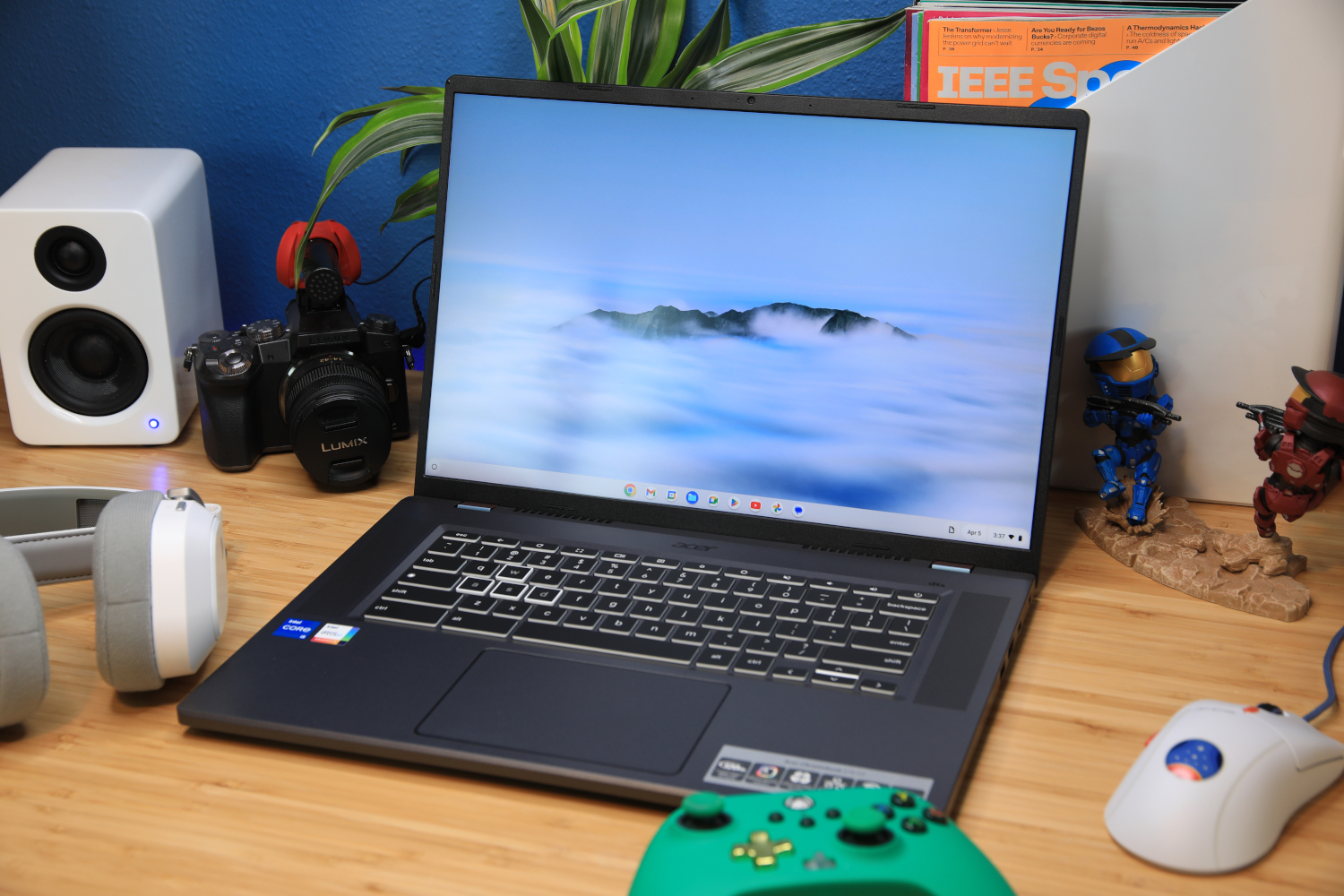
Pros
- Attractive design
- Excellent CPU performance
- Loads of wired and wireless connectivity
- High resolution 1600p display
Cons
- Mediocre keyboard and touchpad
- Disappointing speakers and microphone
- Display falls behind in contrast, color vibrancy
Why we like the Acer Chromebook 516 GE
The Acer Chromebook 516 GE is a good machine for gaming and day-to-day tasks. The Intel Core i5-1240P CPU is powerful enough for office work and everyday activities, and the display’s 120Hz refresh rate will produce smooth visuals. You can’t run games locally on this laptop, but you can use a cloud gaming service like Nvidia GeForce Now or Amazon Luna. According to our review, “gameplay felt perfectly smooth” and “Nvidia’s GeForce Now diagnostics panel flagged no problems.” Just make sure you’ve got a stable Internet connection! Fortunately, the Acer Chromebook 516 GE has an Ethernet port, which is about as stable as you can get.
Who should buy the Acer Chromebook 516 GE
Anyone that wants to game on a dependable Chromebook! The Acer Chromebook 516 GE is a joy to game on and it’s zippy enough for productivity and day-to-day. Additional features include a 1080p webcam, a 65 watt-hour battery, and an attractive design. With an MSRP of $650, it’s a little expensive for a Chromebook, but it punches above the usual Chrome OS machine and is tailor made to deliver a high-quality cloud gaming experience.
Alternative option: If you’re looking for a Windows alternative that can run local games, you should check out the Asus TUF Gaming A16 Advantage Edition laptop. It’s currently our best budget gaming pick and for good reason! Our reviewer blitzed through the Rise of the Tomb Raider benchmark at 123 frames-per-second thanks to the Nvidia GeForce RTX RTX 4050 GPU. This laptop also managed an impressive 11 hours of battery life on a single charge, which is unheard of in gaming laptops.
Framework Laptop Chromebook – Best Chromebook for tinkerers

Pros
- Upgradeable
- Hot-swappable ports
- 1080p webcam
- Reliable performance
Cons
- Expensive
- No touchscreen display
Why we like the Framework Laptop Chromebook
The Framework Laptop Chromebook is one of the more unusual entries on this roundup because it’s a modular laptop, which means you can replace or upgrade any part of it. Our reviewer, who wasn’t confident in her disassembling abilities, was able to crack open the laptop in a few simple steps. The hardware inside is marked with QR codes, which you can scan with your phone and be directed to the right spot on Framework’s website. The 1080p display is also a big draw and the hot-swappable ports allows you to mix and match where the ports slot in the laptop.
Who should buy the Framework Laptop Chromebook
Anyone who likes to get in there and tinker or extend the life of their laptop. The Framework Laptop Chromebook is designed with the ultimate customization and upgradability in mind. I will say, it’s definitely targeted to a specific niche of people, but that’s not necessarily a bad thing. Performance is strong due to the Intel Core i5 processor. In fact, our benchmarks show that it handles everyday tasks like surfing the web and watching streams like a real pro. The only caveat is that it’s expensive for a Chromebook. The Acer Chromebook Vero 514, for example, is just as fast as the Framework Laptop Chromebook and is hundreds of dollars cheaper.
Recent laptop reviews
- Asus Vivobook S 15: The Asus Vivobook S 15 is a competent entry into the Copilot Plus PC arena, but one that struggles to stand out from the alternatives.
- Acer Swift Edge 16: Acer’s Swift Edge 16’s low weight and good performance makes it a solid travel companion, though a small battery holds it back.
- Samsung Galaxy Book4 Edge: The Samsung Galaxy Book4 Edge is an excellent Snapdragon X Elite-powered PC with a beautiful display, long battery life, and great build quality. But you’re paying extra for high-end Snapdragon X Elite hardware on the 16-inch model, and it doesn’t deliver the big performance bump you might expect.
- Lenovo ThinkBook 14 2-in-1: The Lenovo ThinkBook 14 2-in-1 Gen 4 offers solid performance and a great value for anyone who needs a laptop to get work done.
- MSI Raider 18 HX: The MSI Raider 18 HX boasts a humongous screen as well as all the ports you could imagine, but the windy roar of the fans combined with the high price tag may deter some folks.
How we test Chromebooks
The PCWorld team puts each and every laptop through a series of benchmarks that test GPU and CPU performance, battery life, and so on. The idea is to push the laptop to its limits and then compare it against others we’ve tested. Due to the cloud-based nature of Chromebooks, they go through a series of web-based tests. It wouldn’t be fair or possible to run the same kinds of tests on a Chromebook as we use on laptops because they exclusively run a completely different operating system.
Below, you’ll find a breakdown of each test and the reasons why we run them.
Chromebooks
- CrXPRT 2: The CrXPRT 2 benchmark tests a Chromebook’s battery life.
- Speedometer 2.0: This test determines a Chromebook’s web browser performance. It simulates this by adding, completing, and removing a to-do list.
- Basemark Web 3.0: This benchmark gauges how well a Chromebook can handle web-based applications.
- Kraken 1.1: Kraken 1.1 is a JavaScript performance benchmark that measures browser speed.
- Jetstream 2: Jetstream 2 is a combination of WebAssembly and JavaScript benchmarks. This is a way to gauge how well a Chromebook runs advanced workloads.
What should I look for in a Chromebook?
If you’re looking for a Windows or MacBook alternative, you may want to consider a Chromebook. Equipped with low-power processors, they typically have good battery life and are usually silent in operation. They make great productivity machines, as they’re specifically designed for lightweight tasks like browsing the web, watching Netflix, and so on. Plus, they’re largely virus free. That said, most Chromebooks have minimal RAM and storage. If you’re a hardcore gamer or a video editor, you’re going to want something with a lot more power than a Chromebook is capable of providing.
Our guide to Chromebooks vs. Windows laptops can help you determine which operating system is best for your needs. For more options, you’ll want to check out our best laptops roundup.
- Operating system: Although every operating system has its pros and cons, I’d argue that Chrome OS is one of the most user-friendly ones out there. That said, with Chromebooks, you don’t have the option of picking another operating system, as they exclusively run Chrome OS. You’re stuck with it, bud.
- Processor: Shoot for a mid-range Chromebook if you can. They cost anywhere in the $400 to $600 range and many of them come equipped with Intel Pentium processors. These Chromebooks have better browser performance and are capable of running more intense gaming apps. It’s the best bang for your buck. Upper-end Chromebooks sometimes use Intel Core or AMD Ryzen processors, which pack more of a punch.
- RAM: Many Chromebooks have 4GB of RAM, which isn’t a lot. Chromebooks are web-based machines, so you need a fair amount of RAM to keep those tabs open and running smoothly. If you can spend a couple of hundred extra, you’ll be able to find a mid-range Chromebook with 8GB of RAM.
- Storage: I recommend at least 64GB of storage. Since you’ll mostly be storing things in the cloud, you don’t a ton of local storage.
- Durability: Chromebooks are popular in the education market because they’re pretty darn robust. I’m not saying you should smack one around with a baseball bat or anything, but they’re durable enough to handle the daily abuses of life.
FAQ
What is the difference between a regular laptop and a Chromebook?
When people talk about regular laptops they usually mean a PC or Mac. A Chromebook is still a laptop, but it differentiates itself from either of those two by using a unique operating system called Chrome OS, which was created by Google. Think of it like this: All Chromebooks are laptops, but not all laptops are Chromebooks.
Unlike other operating systems such as Windows or macOS, Chrome OS is optimized to run Google apps such as Google Drive, Google Docs, YouTube, and other Google services. Because most Google apps are online, Chromebooks generally require an internet connection to use most of their important features.
Finally, Chromebooks have historically been designed with portability, ease of use, and affordability in mind rather than top performance. They typically forego the faster, high-end hardware that PCs or Macs can use for a more minimalist, lightweight approach to computing.
Can I use integrated graphics for gaming?
No, you can’t game a Chromebook because they can’t run local EXEs aside from Android apps. That said, you can play modern games on a Chromebook that supports cloud gaming, like the Lenovo IdeaPad 5 Gaming. You have to have an Ultimate membership with Nvidia’s GeForce Now to the play the games, though. The Ultimate tier costs $19.99 a month or $99.99 for six months. It’s a pretty seamless experience, and Nvidia also offers an unlimited free tier so you can stream games with restrictions on session times.
What is the difference between a budget laptop and a tablet?
More and more, the line between what is a laptop and what is a tablet blurs as companies integrate the features of both into their latest devices. But there are still a few key distinctions between the two. Laptops generally are larger, come with more storage, and have better performance and productivity features. Tablets on the other hand are smaller and more portable, have longer battery life, and are usually a bit more affordable.
When choosing between a budget laptop and a tablet you should first ask yourself what the primary use of the device will be. Do you need something for productivity with lots of storage? Then a laptop—even a budget model—will probably be the way to go. Or do you need something that is small, travels well, and has a long battery life? Then you might consider a tablet.
What are the disadvantages of a Chromebook?
Chromebooks are designed for day-to-day tasks, which is fine if all you’re doing is browsing the web and checking e-mail. They can’t handle resource-heavy design work, video editing, and so on. You’ll also need a strong Internet connection because if you’re not online, there are only so many things you can do with a Chromebook. Chromebooks cannot install local programs like Windows PCs can. You also can’t install Microsoft Office and that might be a huge deal-breaker for some folks, especially those who rely on those programs for work.
What is a Chromebook good for?
Chromebooks are good laptops for those who require the basics. If all you need is a reliable Internet connection to get your work done and nothing else (like no resource-hungry programs), then you’re golden. Personally, I use my own Chromebook for writing and editing as well as checking out social media and watching YouTube. You can even game on them with a cloud gaming service like GeForce Now, if that’s how you like to spend your evenings (no judgements here).

